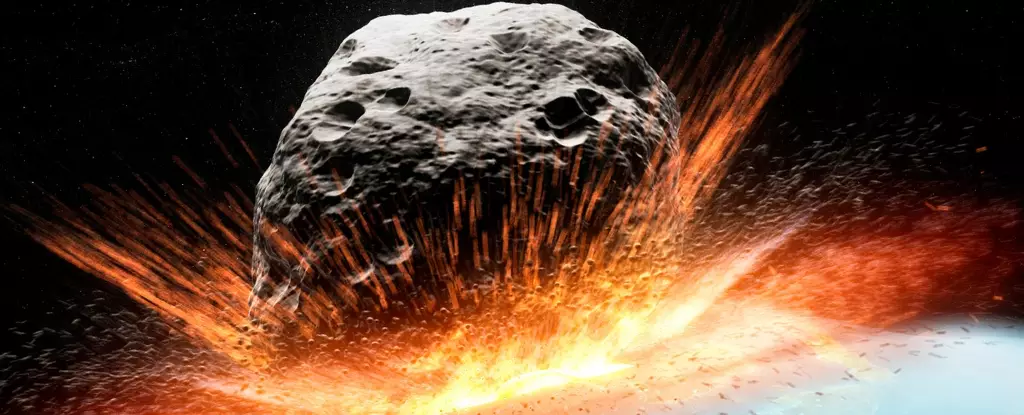In late December 2024, astronomers made a noteworthy discovery of a near-Earth object, assigned the designation 2024 YR4. This asteroid marks the 117th rock identified during the later part of the month, immediately categorized due to its relatively recent findings. As with any newly discovered asteroid, the immediate focus shifted to understanding its orbit and potential path in relation to Earth. Initial calculations revealed a mere 1% chance of collision, but as observations continued and data were refined, that figure climbed to a concerning 2.3%, especially with a predicted close approach on December 22, 2032. Although this development evokes scenarios reminiscent of Hollywood disaster films like *Don’t Look Up*, it is crucial to recognize that tracking near-Earth objects (NEOs) is part of a broader, proactive approach to planetary defense.
The 2.3% collision probability derived from modeling thousands of orbital simulations is often misinterpreted as an imminent threat, akin to rolling dice. In essence, this probability means that among 1,000 theoretical scenarios run by astronomers, an estimated 23 result in an impact with Earth. This illustrates the inherent uncertainties involved in predicting asteroid trajectories. Currently, the most probable trajectory for 2024 YR4 suggests a close pass of around 240,000 kilometers—a distance that, while significant, still places it outside the threshold for immediate concern. While the increased odds have alarmed some, experts emphasize that the situation does not warrant widespread anxiety.
NASA utilizes the Torino Scale as a tool to communicate the potential risk posed by asteroids to the public and policymakers. With an initial risk assessment when the odds were below 1%, 2024 YR4 was rated a level 3 on the scale. Now, with a 2.3% probability, it remains at that rating, signifying that continuous monitoring is essential. The analysis highlights that early estimates are always fraught with uncertainties. Unlike planets, which generally follow stable and predictable orbits, asteroids can be influenced by gravitational interactions with other celestial bodies, leading to more erratic paths. Hence, while astronomers remain vigilant about 2024 YR4, caution is advised with regards to the comparisons drawn to other unforeseen asteroid events.
One significant variable in the assessment of 2024 YR4 is its anticipated proximity to Earth in 2028, when it will traverse within 8 million kilometers. This close approach offers a prime opportunity for astronomers to further calibrate their models using the new data acquired. Such refined observations are vital, as they can either alleviate fears by reducing the impact probability or necessitate more aggressive defensive measures should the odds rise significantly. Fortunately, even in a worst-case scenario where the likelihood of an impact hits alarming levels, the size of 2024 YR4 is small enough to prevent global catastrophic consequences.
Should an impact occur, the aftermath would certainly necessitate action, particularly in densely populated regions. Evacuating at-risk areas could create logistical challenges, yet this is manageable with the advance warning that scientists anticipate. Consequently, public discourse on the realities of asteroid threats must blend scientific accuracy with a sense of reassurance. The priority lies in understanding that while the risks associated with NEOs are valid, they remain calculable and manageable with proper planning and international collaboration.
The case of 2024 YR4 serves as a reminder of the delicate balance between vigilance and composure in the face of celestial uncertainties. Addressing near-Earth objects is not solely about identifying potential threats, but rather involves a comprehensive assessment of risks and responses. The scientific community, alongside agencies like NASA, continues to refine tracking methodologies and improve predictive models. Keeping the public informed through accessible platforms, such as NASA’s Planetary Defense Page, is critical for fostering understanding. As we maintain our watchful gaze on the cosmos, proactive preparedness will be our best ally against the unknown.


Leave a Reply